As children, many of us were enchanted by the tales of Santa Claus and his magical home in the North Pole, where reindeer roam freely under the shimmering auroras. While the existence of Santa Claus may remain elusive, the Arctic region, with its majestic landscapes and unique wildlife, is a real piece of landmass on the map.
The Arctic is a vast, frozen wilderness located at the northernmost part of Earth, encompassing the Arctic Ocean and surrounding landmasses. The countries that are part of the Arctic are Canada, the United States, Iceland, Greenland, Norway, Sweden, Finland and Russia. Despite its harsh conditions, the Arctic boasts a plethora of life that has adapted to thrive in this extreme environment. From glaciers to icy tundras, the Arctic offers a diverse array of habitats for its inhabitants.

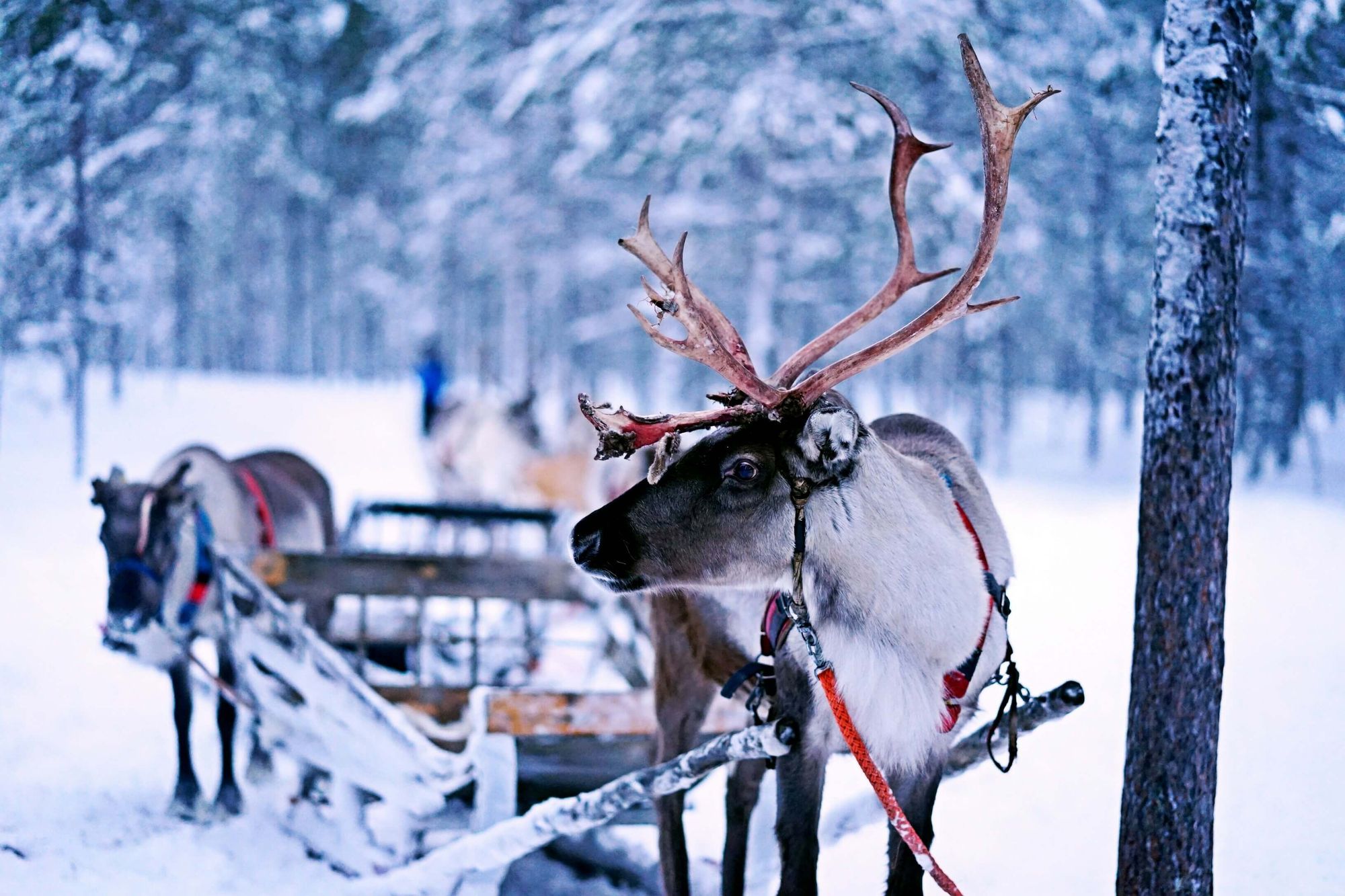
Animals in the Arctic are different, as they have to withstand very cold weather and harsh terrains, unlike the vast majority of animals in the world.
In the Arctic, temperatures can become extremely cold, often reaching as low as -50 to -60 degrees Celsius (-58 to -76 degrees Fahrenheit) during the winter months.
The Arctic environment, characterized by its cold temperatures, is home to a variety of mammals adapted to survive in harsh conditions.
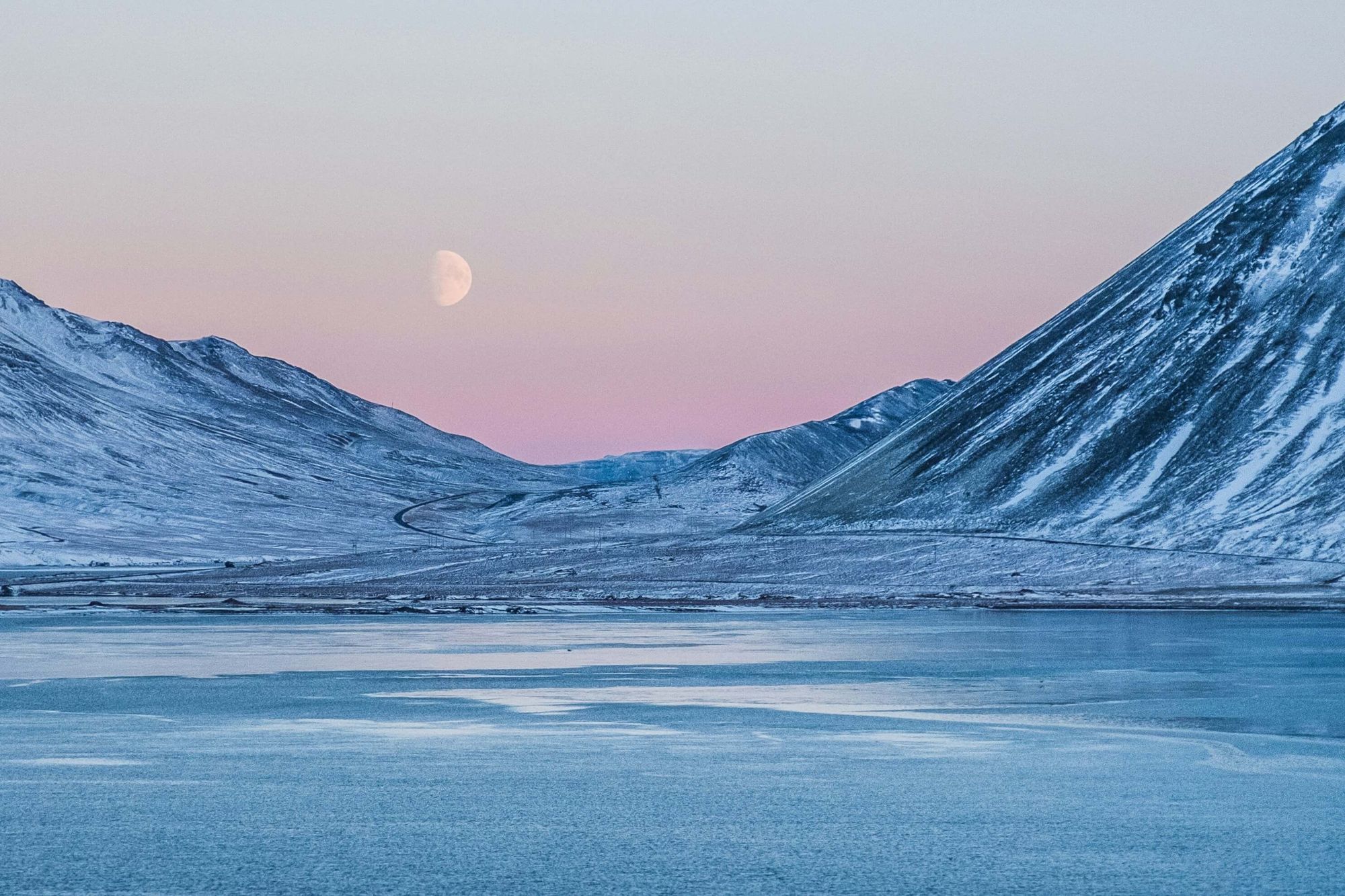
Table of content
🏔️ Difference between Arctic and Antarctic
🏔️ Habitats of the Arctic
🏔️ Background information on the Arctic animal
🏔️ Teaching resources
🏔️ Human impact and global warming
🏔️ Conclusions

Difference between Arctic and Antarctic
Antarctica is a continent, while the Antarctic region. The Antarctic is a region at the southernmost part of the world that has harsh, cold climates. The Antarctic region encompasses not only the continent of Antarctica but also the surrounding Southern Ocean, adjacent territories, including the subantarctic islands. It does not have a human population. The word "Antarctic" can also be an adjective to describe Antarctica.
The Antarctic and Arctic are at different ends of the Earth. The Antarctic is at the southernmost end, while the Arctic is at the northern end.
Habitats of the Arctic
- Tundra: The Arctic tundra is a prominent habitat in the region, characterized by treeless plains, low temperatures, and permafrost.
- Coastal Habitats: Arctic coastlines include rocky shores, sandy beaches, and coastal cliffs.
- Arctic Ocean: The Arctic Ocean comprises most of the habitats in the Arctic, but the water also contains large masses of ice caps.
- Freshwater Habitats: Arctic regions contain freshwater habitats such as lakes, rivers, and streams.
- Mountain Habitats: Arctic regions that have mountain ranges have harsher conditions with fewer fauna and flora species.
- Meltwater Ponds and Pools: During the short Arctic summer, meltwater ponds and pools form on the tundra surface.
Background information on the Arctic animals
Polar bear
Scientific name: Ursus Maritimus
Physical characteristics: The polar bear is a large carnivorous mammal. It has a thick layer of fur. It has large paws for swimming and walking on ice.
Collective noun:
- An aurora of polar bears
- A celebration of polar bears
- A pack of polar bears
Example sentences:
An aurora of polar bears climbed on top of the ice caps to rest after swimming a few miles.
Interesting fact:
An interesting fact about polar bears is that they are the largest land carnivores on Earth.

Arctic fox
Scientific name: Vulpes lagopus
Physical characteristics: The Arctic fox is a small mammal adapted to survive in cold Arctic climates. It has a thick double-layered coat, usually white in winter and brown or gray in summer. It has a short muzzle, rounded ears, and a bushy tail.
Collective noun:
- A skulk of Arctic foxes
- A leash of Arctic foxes
Example sentence:
A skulk of Arctic foxes all made tunnels in the snow to escape the blizzard.
Interesting fact: Arctic foxes have one of the warmest fur coats of any mammal, with the ability to withstand temperatures as low as minus 70 degrees Celsius.
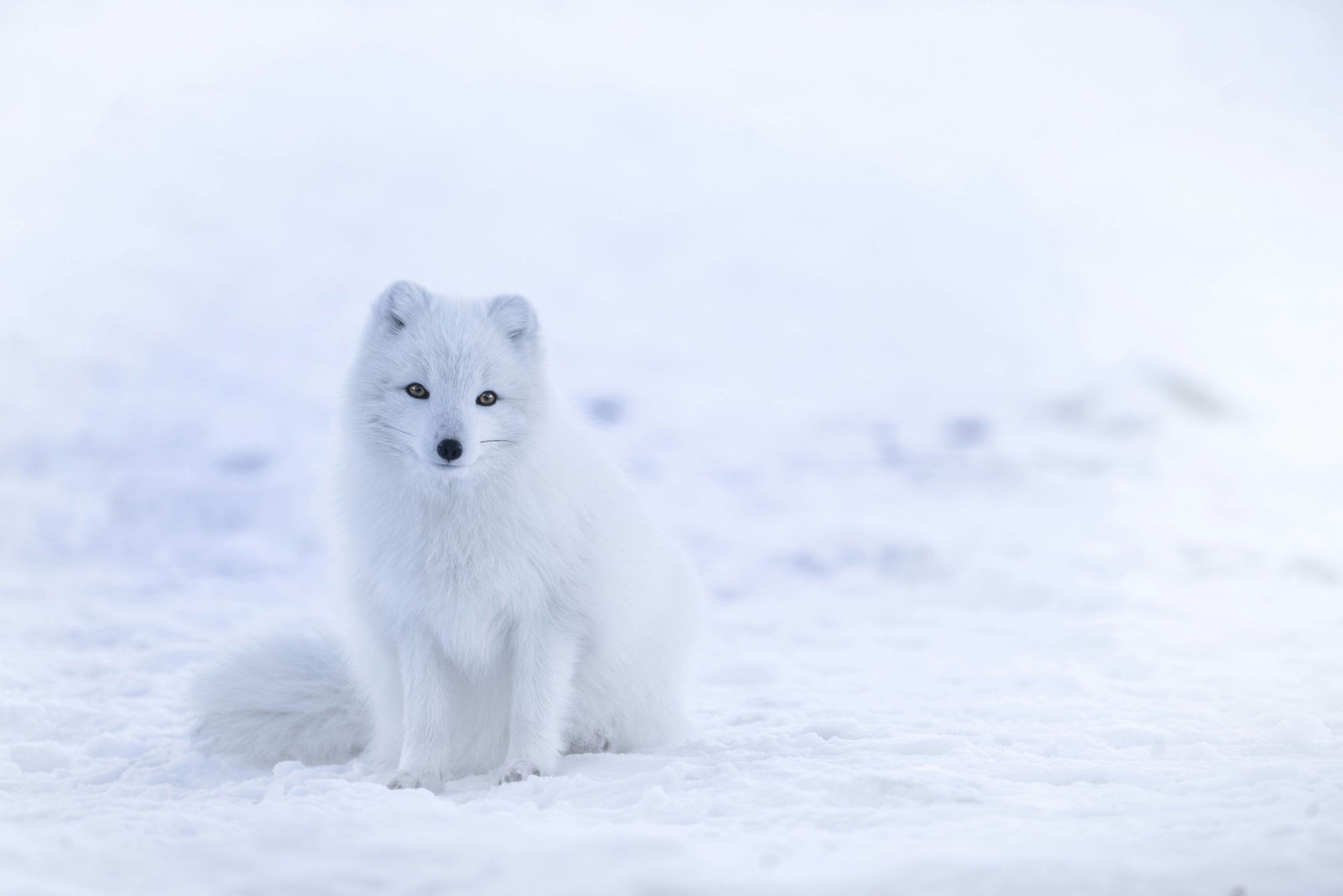

Walrus
Scientific name: Odobenus rosmarus
Physical characteristics: The walrus has a thick layer of blubber to insulate against cold water, wrinkled skin, and coarse whiskers. Its most notable feature is its long tusks, which are elongated canine teeth.
Collective noun:
- A huddle of walrus
- A pod of walrus
- A herd of walrus
Example sentence:
A herd of walruses basked lazily on Arctic's coastal shores.Interesting fact: Walruses' long tusks are unique adaptations for feeding and hunting.
Interesting fact: Walruses' long tusks are unique adaptations for feeding and hunting.

Beluga whale
Scientific name: Delphinapterus leucas
Physical characteristics: Beluga whales, known for their white skin, lack a dorsal fin and possess a protruding forehead. Their rounded flippers and small size facilitate movement in icy waters.
Collective noun:
- A pod of beluga whales
Example sentences:
A pod of beluga whales swam in the cold waters of the Arctic Ocean.
Interesting fact: Belugas are often referred to as the "canaries of the sea" due to their diverse range of vocalizations and their ability to mimic sounds from their environment.
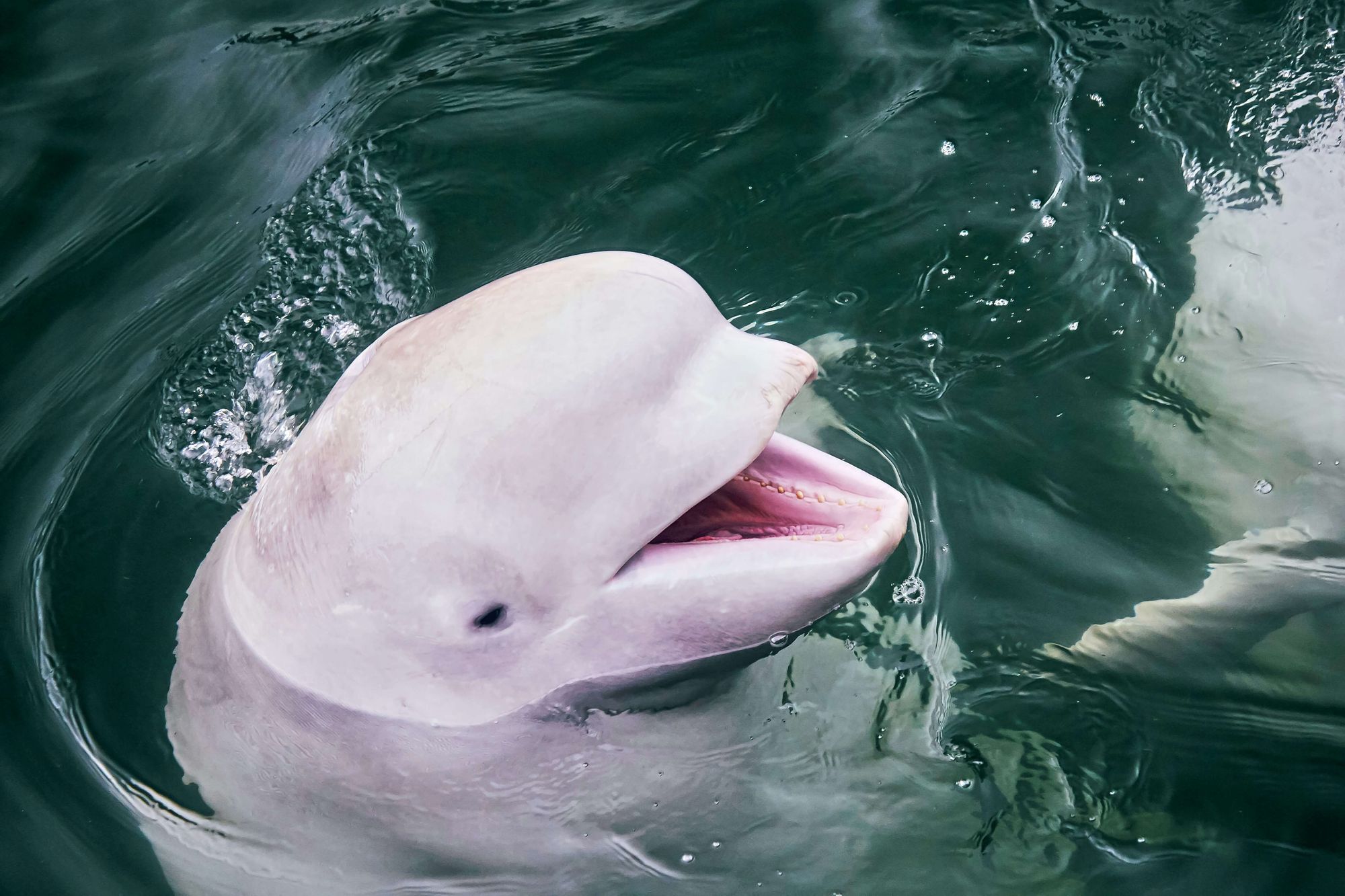

Arctic hare
Scientific name: Lepus arcticus
Physical characteristics: The Arctic hare boasts dense white fur for camouflage in snowy environments. It has large hind legs for swift movement across snow, and its ears serve to regulate body temperature.
Collective noun:
- A drove of Arctic hares
- A band of Arctic hares
Example sentences:
A drove of Arctic hares hopped across the icy tundra.
Interesting fact: One fascinating fact about Arctic hares is their remarkable ability to change the color of their fur to better match their surroundings throughout the year.
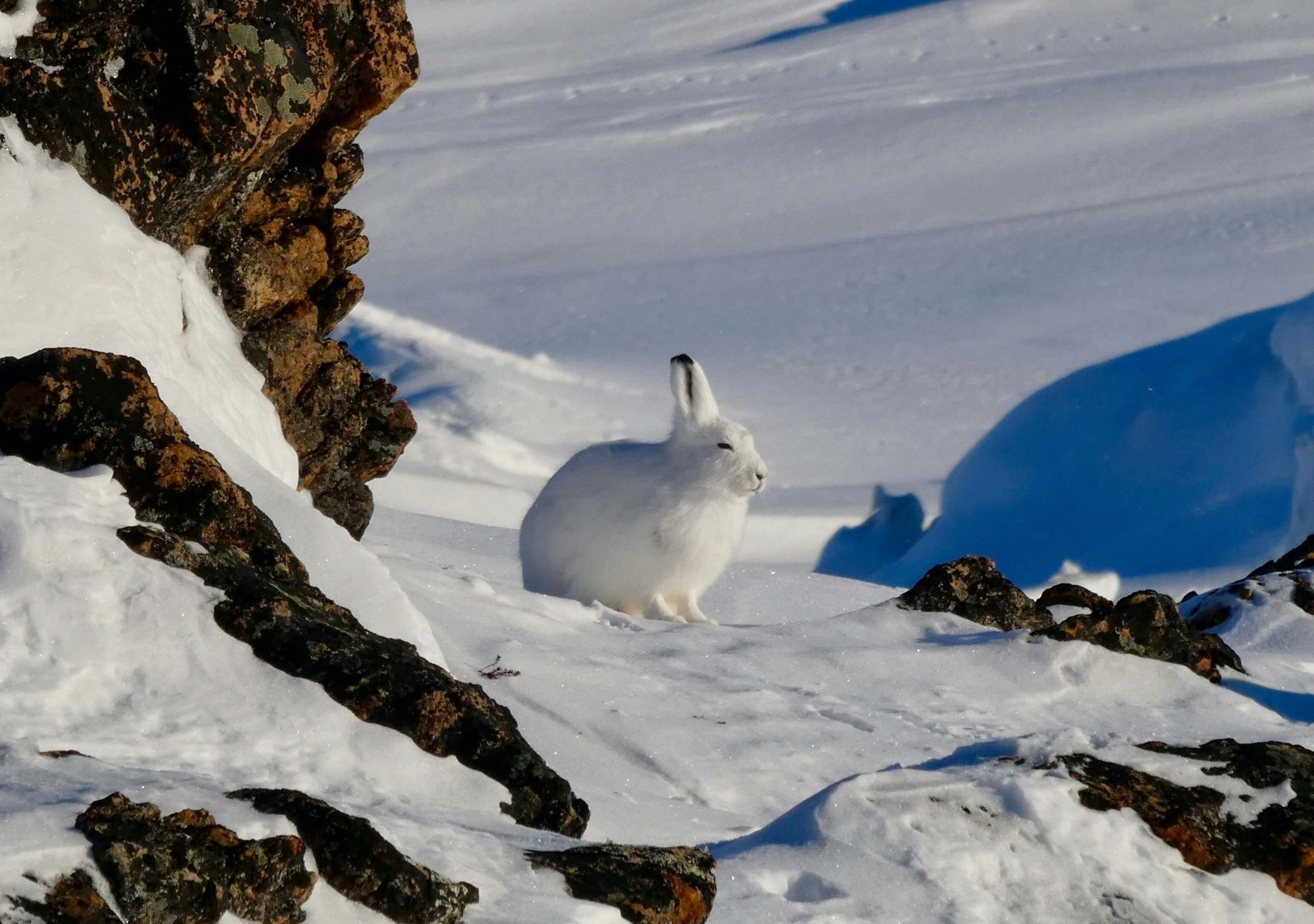
Arctic wolf
Scientific name: Canis lupus arctos
Physical characteristics: Arctic wolves are robust canines with white fur suited for camouflage in snowy environments. They have smaller ears and shorter muzzles than their relatives, aiding in heat retention. Powerful limbs enable swift movement over snow, and keen senses aid in hunting prey such as muskox and Arctic hares.
Collective noun:
- A pack of Arctic wolves
Example sentences:
A pack of Arctic wolves traversed the icy terrain, their pristine white coats camouflaging them against the snow.
Interesting fact: Arctic wolves also have relatively smaller ears and shorter muzzles compared to other wolf species.
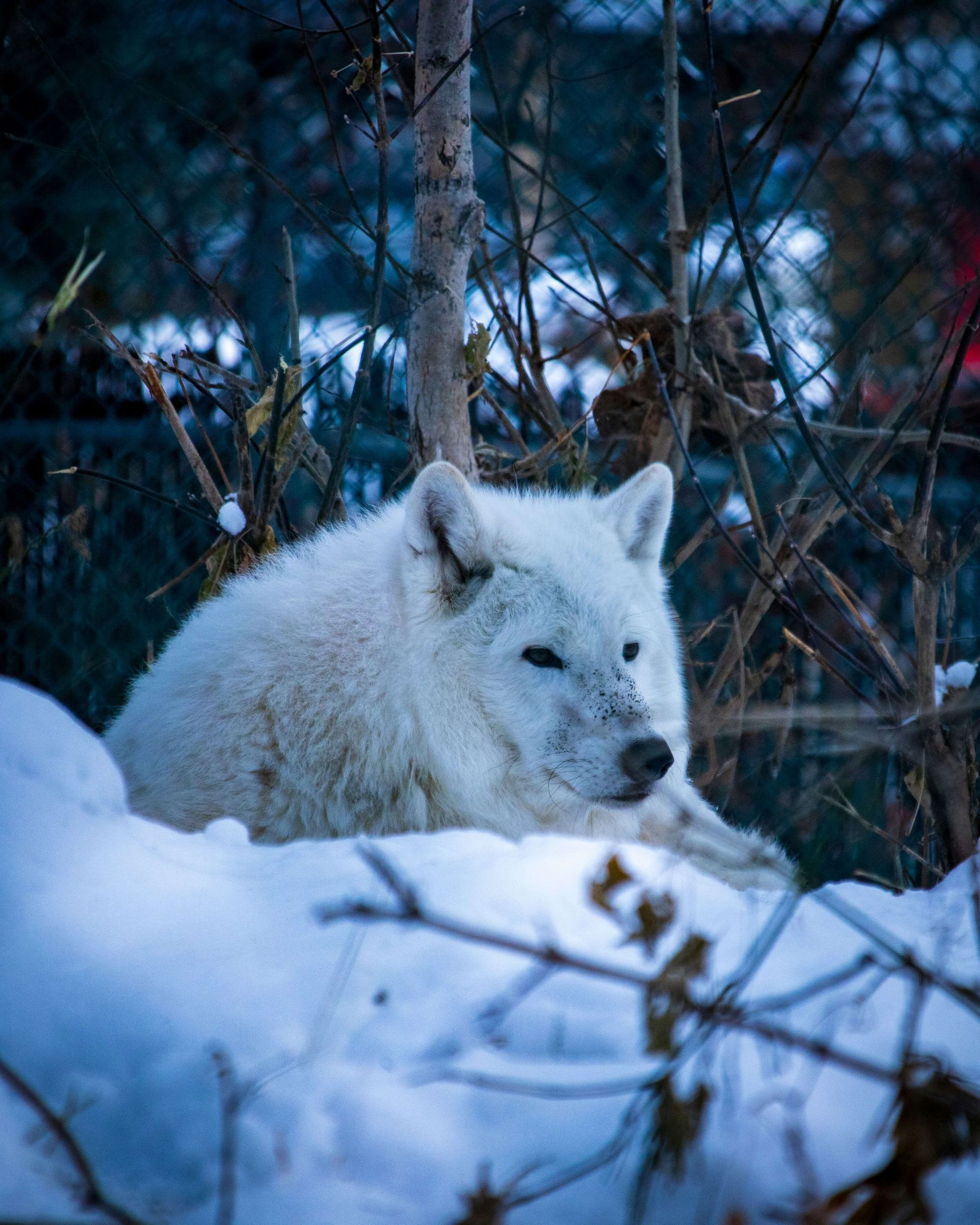
Reindeer
Scientific name: Rangifer tarandus
Physical characteristics: Reindeer feature antlers on both sexes, with males having larger antlers. Their thick fur changes with seasons, aiding insulation. Wide hooves provide traction on ice and snow. Adaptations include specialized nasal passages. They stand around 4-6 feet tall and weigh 200-700 pounds.
Collective noun:
A herd of reindeer
Example sentence:
A herd of reindeer help Santa deliver presents on Christmas.
Interesting fact: An interesting fact about reindeer is that they are the only species of deer in which both males and females grow antlers.
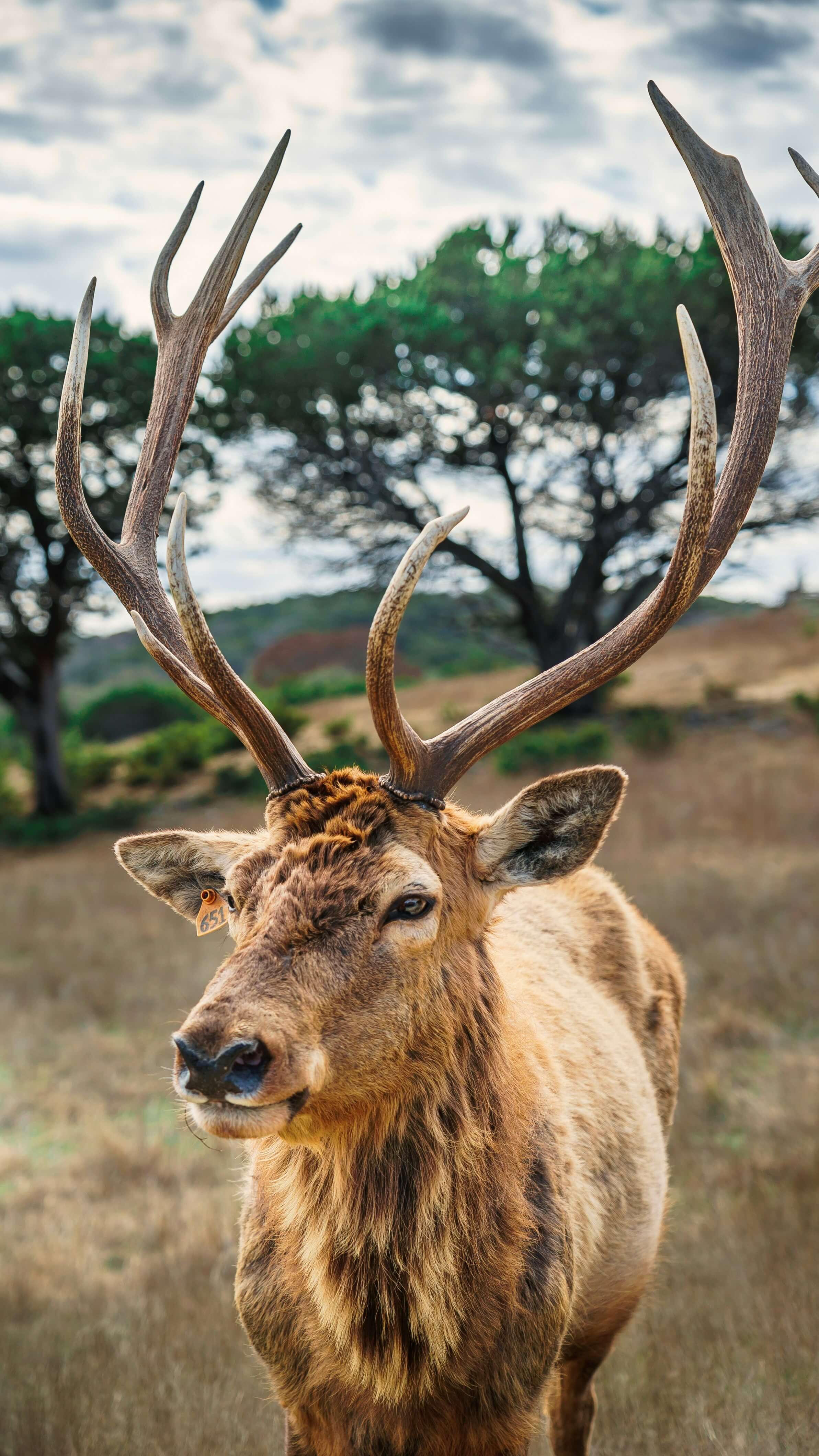

Snowy owl
Scientific name: Bubo scandiacus
Physical Characteristics: Snowy owls are characterized by their white plumage blending into snowy landscapes, yellow eyes, and round heads without ear tufts. They are large birds, with feathered feet for insulation. Their powerful talons assist in capturing prey, mainly small mammals and birds.
Collective noun:
- A blizzard of snowy owls
- A drift of snowy owls
Example sentence:
A blizzard of snowy owls took flight across the icy terrains of the Arctic plains.
Interesting fact: One interesting fact about snowy owls is that they have incredibly keen hearing.

Humpback whale
Scientific name: Megaptera novaeangliae
Physical characteristics: The humpback whale has a massive body with a humped back, long fins and a head with lots of bumps. Renowned for acrobatic displays and haunting songs, they migrate vast distances, feeding on krill and small fish.
Collective noun:
A pod of humpback whales
Example sentence:
A pod of humpback whales breached the surface of the ocean.
Interesting fact: Male humpback whales are known for their complex and haunting songs.


Teaching resources
Animals in the Arctic flashcards
You can cut up the list below and use it as flashcards to teach your students about the different animals.
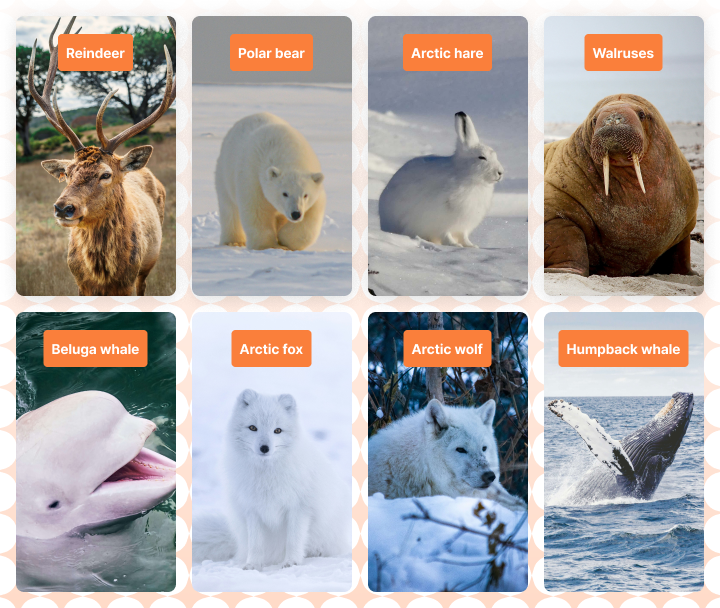
Arctic animal books
The Three Snow Bears by Jan Brett
This book is a warm-hearted children's book that retells the fairy tale "Goldilocks and the Three Bears" with an Arctic theme. The main character, Aloo-ki, goes on an adventure in the snowy landscapes of the far north. Jan Brett beautifully captures the Arctic landscapes and the various animals, some of which are featured in this blog post. The book explores themes such as adventure, friendship, and kindness.
The Magic School Bus Arctic Adventure by Joanne Cole
The Magic School Bus series is a well-loved series written by Joanne Cole. The main premise of the series starts when the schoolchildren board a school bus, which magically transports them to places like the Arctic, where a new adventure awaits them. In this book, the Magical School Bus shrinks to a size small enough to fit inside a snowflake, and the children embark on a journey to the Arctic within the snowflake. As they learn about Arctic landscapes, they encounter different animals and also learn about the importance of preserving our natural habitats.
Polar Babies by Susan Ring
Susan Ring introduces young polar babies to her audience through beautiful illustrations and an engaging storyline. The main character is a baby polar bear cub who journeys across the Arctic landscape and encounters other baby animals. As Pip meets these baby animals, he learns interesting facts about them. This book features both Arctic and Antarctic animals, making it a fun way for children to become acquainted with the icy terrains of the South and North Poles and the animals living in them.
Arctic Animals (Who’s That) by Tad Carpenter
This book is slightly different as it is not a story, but a book filled with riddles that allow the teacher to engage with their young students. The teacher can play a game with the students, asking them to figure out which animal lies under the flap based on the riddle.
An example of a quiz is below:
He has big antlers, runs fast on hoofed feet, and likes to eat plants. Who's that? Is it a polar bear? A seal? No—it's a reindeer!
Worksheet
Arctic Animals Fill-in-the-Blank Worksheet
Instructions: Fill in the blanks with the appropriate Arctic animal from the word bank.
- The __________ is a large carnivorous mammal that hunts seals on sea ice.
- The __________ has a thick layer of blubber to keep it warm in cold Arctic waters.
- The __________ is a small mammal with a white coat that blends in with snowy surroundings.
- The __________ are known to mimic sounds.
- The __________ is a bird of prey with white feathers, well adapted for hunting in snowy landscapes.
- The __________ is a terrestrial mammal known for its large antlers, both males and females grow them.
- The __________ is a small carnivore with thick fur and keen senses, perfect for life in the harsh Arctic environment.
- The __________ is a massive marine mammal known for its spectacular songs.
Word Bank:
- Polar bear
- Walrus
- Arctic hare
- Beluga whales
- Snowy owl
- Reindeer
- Arctic fox
- Arctic wolf
- Humpback whale
Answer key
- The polar bear is a large carnivorous mammal that hunts seals on sea ice.
- The walrus has a thick layer of blubber to keep it warm in cold Arctic waters.
- The Arctic hare is a small mammal with a white coat that blends in with snowy surroundings.
- The beluga whales are known to mimic sounds.
- The snowy owl is a bird of prey with white feathers, well adapted for hunting in snowy landscapes.
- The reindeer is a terrestrial mammal known for its large antlers; both males and females grow them.
- The Arctic fox is a small carnivore with thick fur and keen senses, perfect for life in the harsh Arctic environment.
- The humpback whale is a massive marine mammal known for its spectacular songs.
Human impact and global warming
When teaching children about arctic animals, you should also include a section on global warming. Addressing the impacts of global warming on the Arctic is crucial for raising awareness and promoting action to protect these fragile ecosystems.
Global warming is causing temperatures to rise worldwide, but the effects are particularly pronounced in the Arctic region. In the Greenfacts article, the researchers provided the following facts:
- The Arctic's average annual temperature is expected to increase by 3 to 7 degrees (5 to 13 degrees Fahrenheit). The warmest months will be during the winter.
- Sea ice is expected to melt more as time goes on, which will mean that there is less habitat for animals such as polar bears.
- 10 to 20% of the ice on the Arctic land is expected to decrease.
- The area of Arctic land covered by snow is expected to decrease by 10 to 20%.

Conclusion
In the mid-1980s, the US Forest Service, National Park Service, and Bureau of Land Management created the 7 Principles of Leave No Trace, which many people still refer to during their conservation efforts.
- Plan ahead and prepare
- Travel and camp on durable surfaces
- Dispose of waste property
- Leave what you find
- Minimize campfire impacts
- Respect Wildlife
- Be considerate of other visitors
Global conservation extends beyond mere seven principles. Let's heed the advice provided by the US National Park Service and other organizations, such as WWF, which encourages our children to not only acknowledge wildlife but also to appreciate its beauty.

References:
Polar Bears The Arctic & Global Warming Polar bears and climate change: What does the science say? Effects of Climate Change 11 ARCTIC SPECIES AFFECTED BY CLIMATE CHANGE Arctic Animal Books That Will Warm Your Heart 5 ways to help the Arctic as the planet warms Leave No Trace Research Bibliography Leave No Trace Seven Principles












